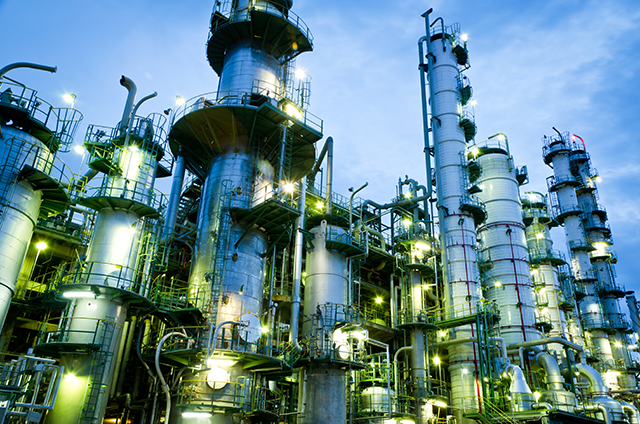Technology

- Name
- INEOS Chlor-Alkali Technology
- Owner
-
/ Ineos Technologies Ltd. - Brand
- BICHLOR™ membrane electrolyser system
- Process
- Decompositions reactions
- Type
- Chlor-Alkali Process
- Available
-

- #TE329
Description
Your insights will be shown here
Content provided by
| Transaction | Name | Date |
|---|---|---|
| Modified by |
|
5/23/2025 9:23 AM |
| Added by |
|
5/23/2025 7:08 AM |









